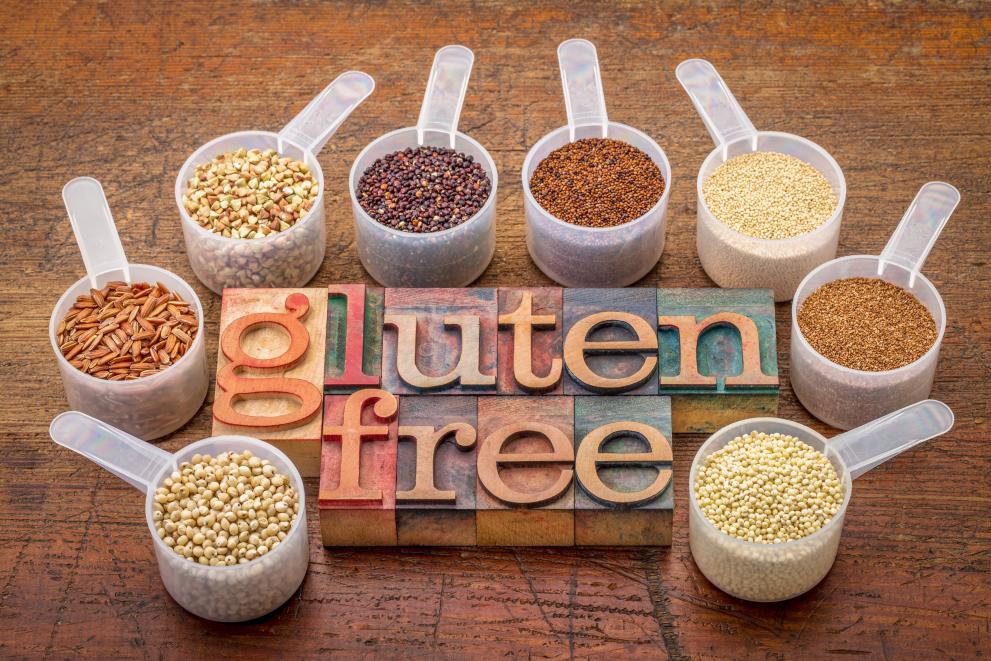
JRC scientists assessed the variation of results from various gluten methods and its likely impact on the enforcement of EU legislation. The study revealed that consensus is needed on robust markers and their conversion to assess the gluten content.
Coeliac disease (CD) is an autoimmune disorder caused by an immune response to gluten proteins found predominantly in wheat, rye, barley and closely related species. Its rate of diagnosis is increasing in European countries. However, its true prevalence is considered much greater than those currently clinically diagnosed and is estimated to be between 3% and 10% of the population. The only current remedy for those suffering from CD is the total removal of gluten from their diet.
To ensure the safety of those people suffering from CD, current EU legislation requires products making a "gluten free" claim to contain less than 20 mg/kg gluten. Due to the possibility of low level contamination, risk assessment relies on the measurement of gluten levels in raw ingredients and the final processed “gluten free” product. The most common measurement principle for the detection and quantification of gluten is enzyme linked immunosorbent assay (ELISA), which is often produced and sold in the form of a kit. With respect to the analytical target, gluten is an ill-defined complex group of proteins. This has resulted in different test kit producers developing different antibodies which recognise different gluten targets. As a consequence, a different gluten content may be reported when using different kits for the same sample.
JRC scientists have undertaken a detailed study to understand the current comparability and equivalence of gluten measurement results produced using commercially available ELISA test kits. Particularly, the impact of certified reference materials (CRMs) as a common calibrator of test kits was considered. A selection of commercial food products, specially prepared gluten containing flours and a candidate gluten reference material, were measured using the different kits. The initial results suggested a lack of correlation between certain kits, suggesting a lack of specificity in the real food samples or simply that the kits were not measuring the same target. A simple assessment of the gluten content required for all test kits to report the sample as being non-compliant with the current EU "gluten free" regulation was performed. The median gluten level, whereby all test kits agreed the sample was non-compliant was 100 mg/kg. This is five times above the permitted level. When the reference material was used to correct the results, this value dropped to 35 mg/kg. Progress beyond this was not possible due to the lack of agreement in the measurement targets addressed by the kits. To improve this situation, a more specific definition of gluten and/or an agreement on analytical targets and their conversion to total gluten is required.
Read more in:
M. Rzychon et al.: The feasibility of harmonizing gluten ELISA measurements, Food Chemistry 234 (2017) 144-154, doi:10.1016/j.foodchem.2017.04.092
Related Content
Details
- Publication date
- 9 June 2017
